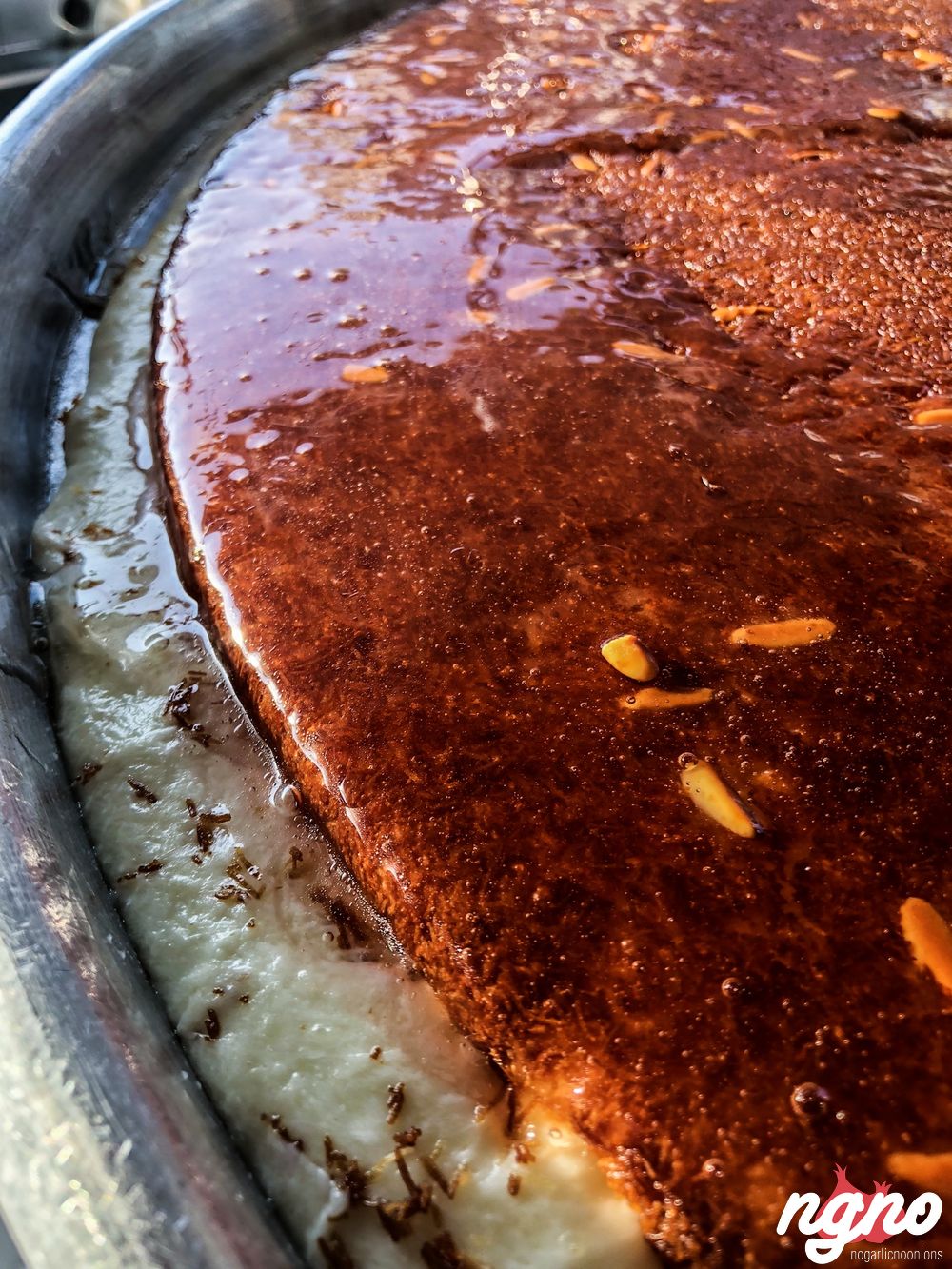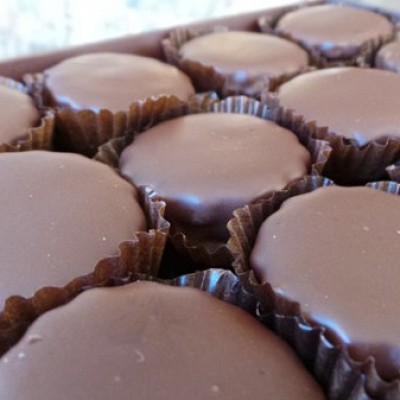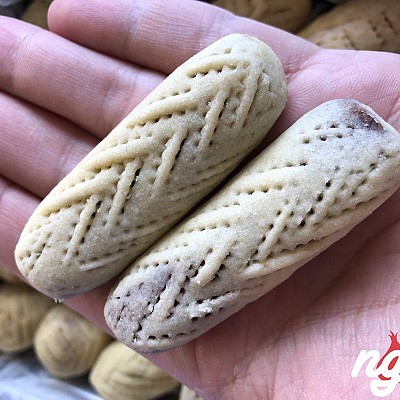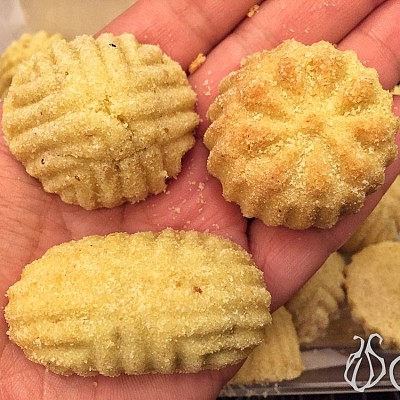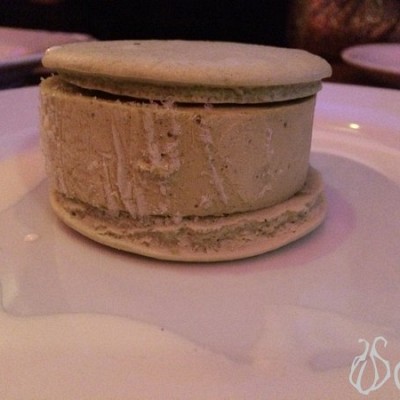Gharamti & Kiblawi are famous for their Knefeh Naboulsieh: Kanafeh Nabulsieh originated in the Palestinian city of Nablus, hence the name Nabulsieh. Nablus is still renowned for its kanafeh, which consists of mild white cheese and shredded wheat surface, which is covered by sugar syrup. In the Levant and Egypt, this variant of kanafeh is the most common.
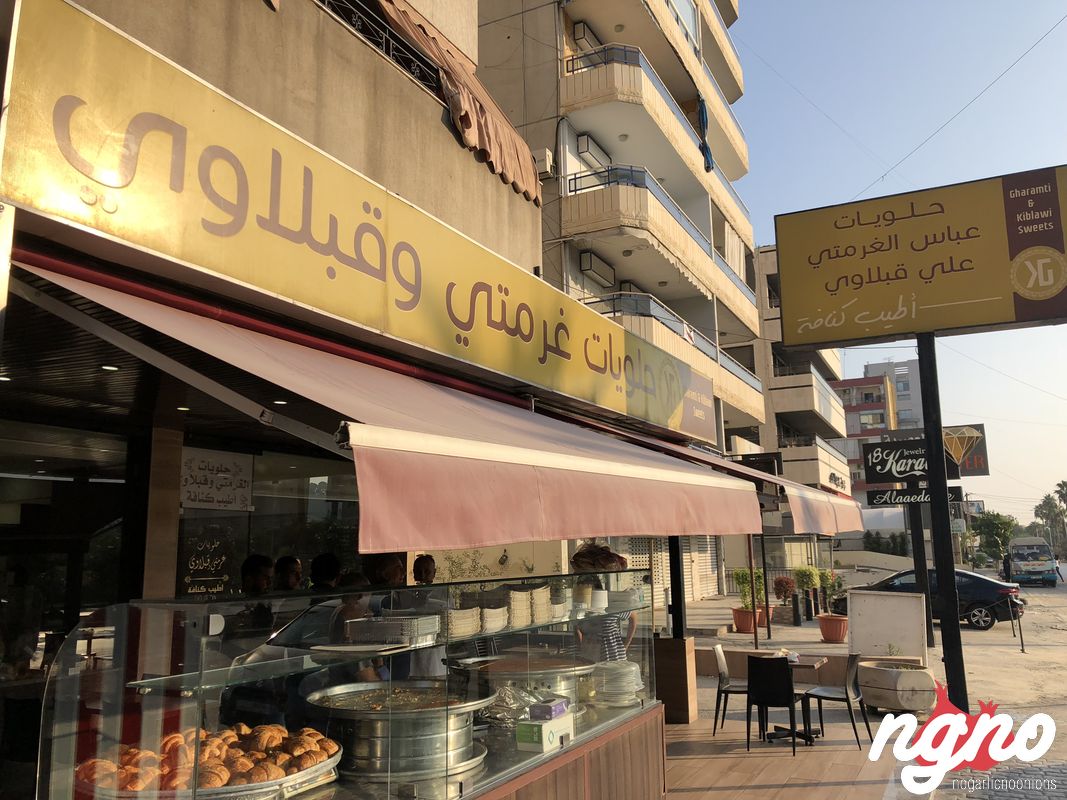
Kanafeh is a traditional Arab dessert made with thin noodle-like pastry, or alternatively, fine semolina dough, soaked in sweet, sugar-based syrup, and typically layered with cheese, or with other ingredients such as clotted cream or nuts, depending on the region. It is popular in the Arab world, particularly the Levant and Egypt, and especially in Palestine. In addition, variants are found in Turkey, Greece, and the Balkans, as well as in the Caucasus.
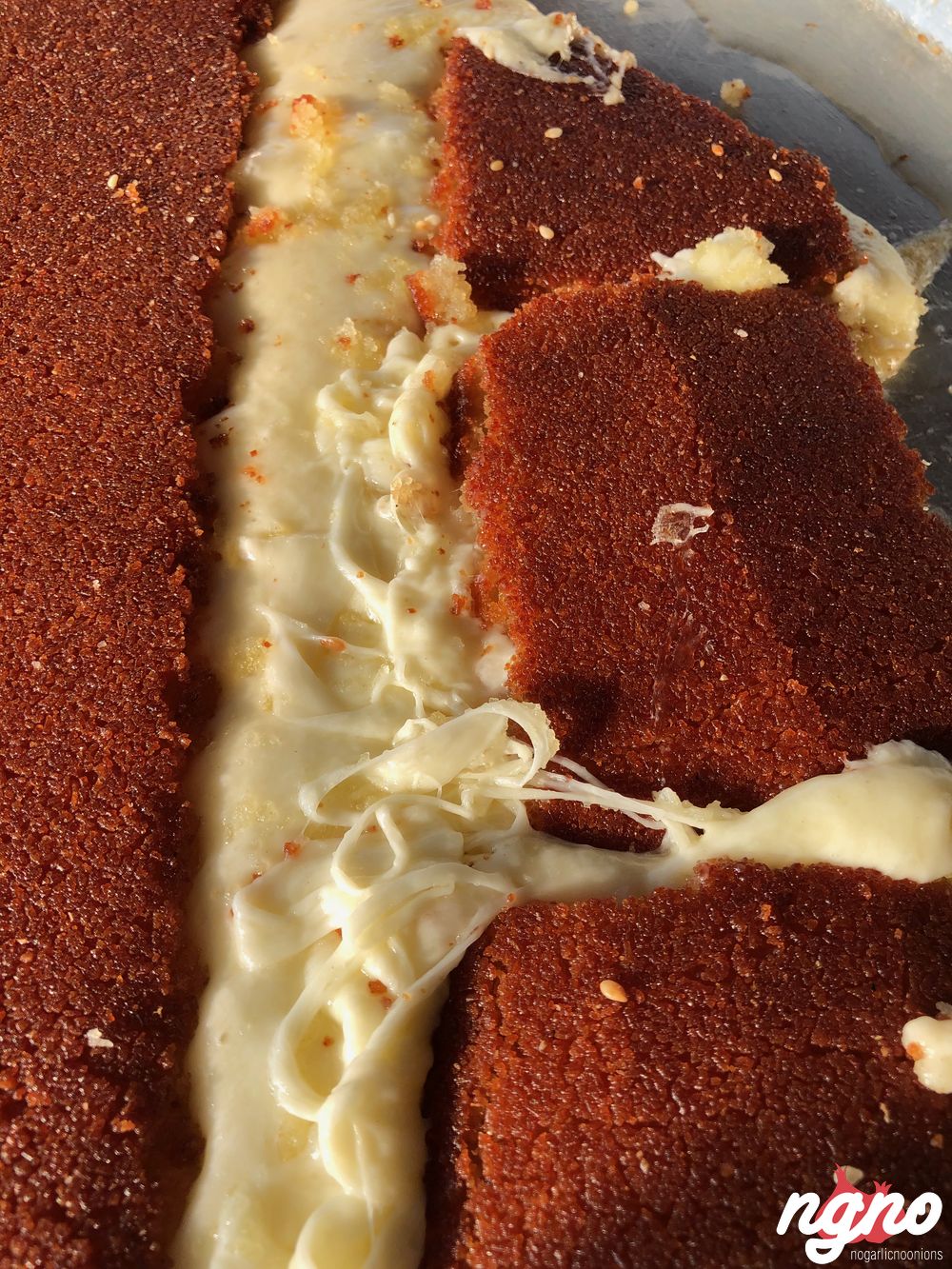
In Arabic, kanafeh may refer to the string pastry itself, or to the entire dessert dish. In Turkish, the string pastry is known as tel kadayıf, and the cheese-based dessert that uses it as künefe. In the Balkans, the shredded dough is similarly known as kadaif, and in Greece as kataifi, and is the basis of various dishes rolled or layered with it, including dessert pastries with nuts and sweet syrups.
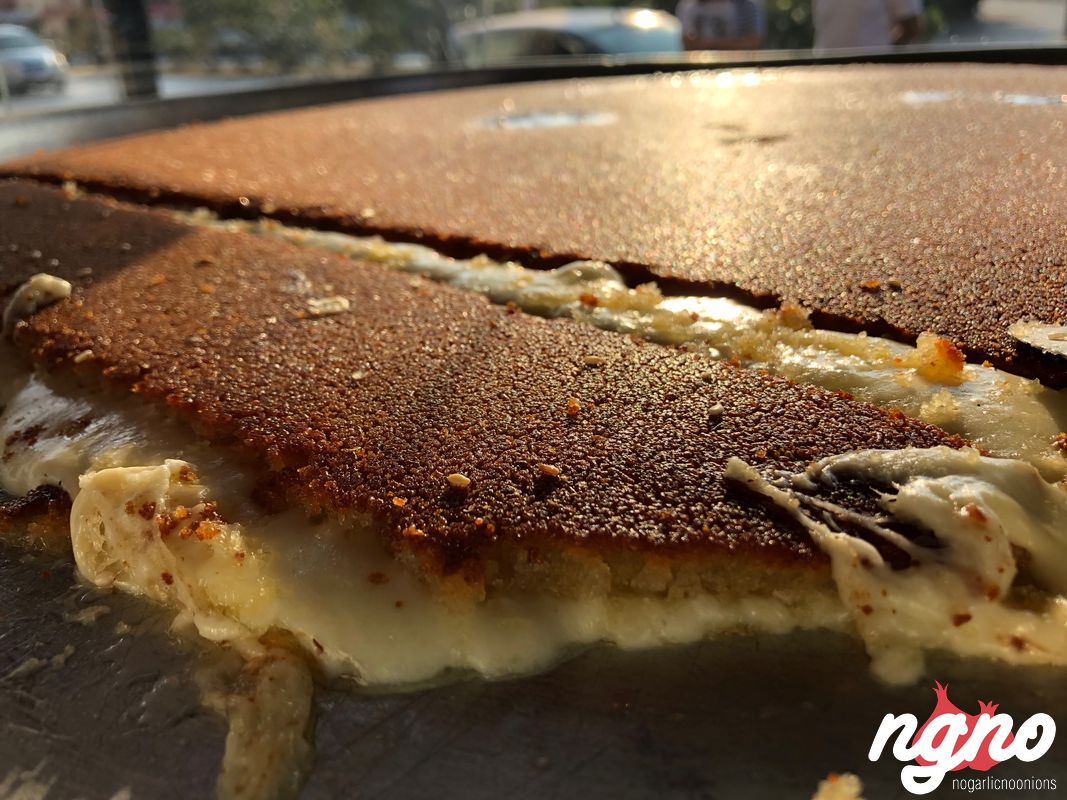
One of the most well-known preparations of kanafeh is knafeh nabulsiyeh, which originated in the Palestinian city of Nablus, and is the most representative and iconic Palestinian dessert. Knafeh nabilsiyeh uses a white-brine cheese called Nabulsi. It is prepared in a large round shallow dish, the pastry is colored with orange food coloring and sometimes topped with crushed pistachio nuts.


















